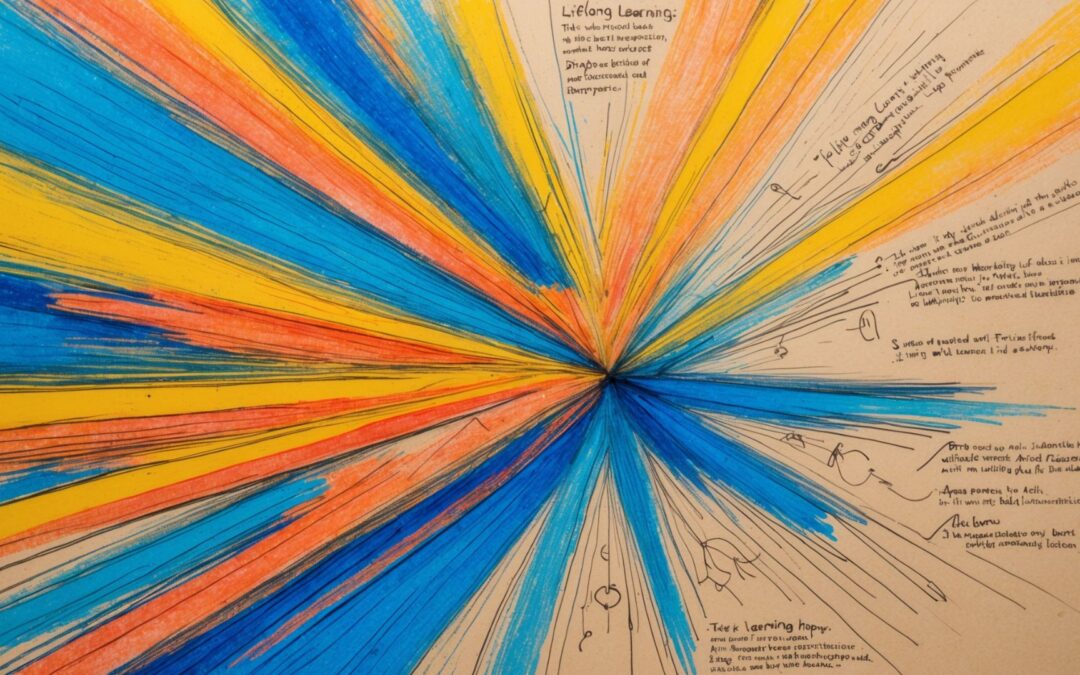Stonehenge. A mere mention of the name, and what pops into mind? An otherworldly circle of colossal stones, standing tall and defiant against the test of time, right? For centuries, these silent stones have posed a riddle that has stumped historians, archaeologists, and laymen alike. What purpose did they serve? Who built them, and more importantly, how? Was it man, magic, or maybe… aliens?
Now, before you roll your eyes and chuckle, “Ah, not the alien theory again,” bear with me. The allure of Stonehenge lies in its enigmatic nature. It’s no wonder it has spawned countless theories, some logical and others, well, slightly on the wilder side.
Let’s start with the basics. Located in the English county of Wiltshire, Stonehenge dates back to around 3000 BC to 2000 BC. That’s older than the Pyramids of Giza! Over time, this age-old monument has undergone several modifications, but its primary charm – the circle of standing sarsen stones encased by smaller bluestones – remains intact.
But why, oh why, did our ancestors (or extraterrestrials, for the more imaginative among us) decide to stack these gigantic stones in such a manner?
Theory #1: A Spiritual Epicenter
Many historians believe Stonehenge was a temple of sorts. Its alignment with the midsummer sunrise and midwinter sunset suggests a deep connection with the cosmos. Was it a place where ancient druids performed sacred ceremonies, dancing to the tunes of the universe? Perhaps. After all, even today, the site draws pagans and druids to celebrate the summer solstice. So next time you’re considering a vacation spot, why not don the druid hat and welcome summer like they did in 2500 BC? Just a thought.
Theory #2: An Ancient Burial Ground
Fancy a ghost story? Well, recent archaeological digs have revealed cremated remains around the Stonehenge site. This has fueled speculations that the monument might have been an elaborate burial ground for high-ranking figures. So, when you’re imagining druids dancing, also picture solemn burial ceremonies under the moonlight. Adds a whole new layer of mystique, doesn’t it?
Theory #3: The Healing Hub
Some theorists argue that the bluestones, transported from far-off mountains in Wales, were believed to have healing properties. The sick and the injured might have trekked miles to get to Stonehenge, hoping for a miracle. Picture it: a prehistoric health spa, minus the cucumber masks.
Theory #4: Aliens Did It!
Ah, we’re back to our intergalactic friends. Some claim that the sheer size and weight of the stones (some weighing as much as 25 tons!) make it inconceivable for ancient humans, with their rudimentary tools, to construct Stonehenge. Hence, aliens. Now, while it’s fun imagining little green men with hard hats and cranes, it’s perhaps a tad far-fetched. But hey, who doesn’t love a good sci-fi twist?
Despite the numerous theories, Stonehenge’s true purpose remains shrouded in mystery. Was it a multi-functional mega center, serving both spiritual and practical needs? Or was it something entirely different that our modern minds can’t fathom?
As you stand amidst these massive stones, feeling the whispers of millennia gone by, one thing is certain: Stonehenge is not just a testament to the prowess and imagination of our ancestors, but also to the enduring allure of the unknown.
So, the next time you find yourself in the English countryside, take a detour to this enigmatic monument. Gaze at the stones, touch them, feel their cold, ancient surface, and let your imagination wander. Who knows, you might just stumble upon the next big theory!
In the end, whether it’s a temple, a burial site, a hospital, or an alien artifact, Stonehenge continues to captivate, leaving us in awe of the unknown and the sheer power of mystery. One can only wonder if the architects of Stonehenge ever imagined their creation would be the talk of civilizations thousands of years into the future. Here’s to mysteries, ancient and eternal!










0 Comments